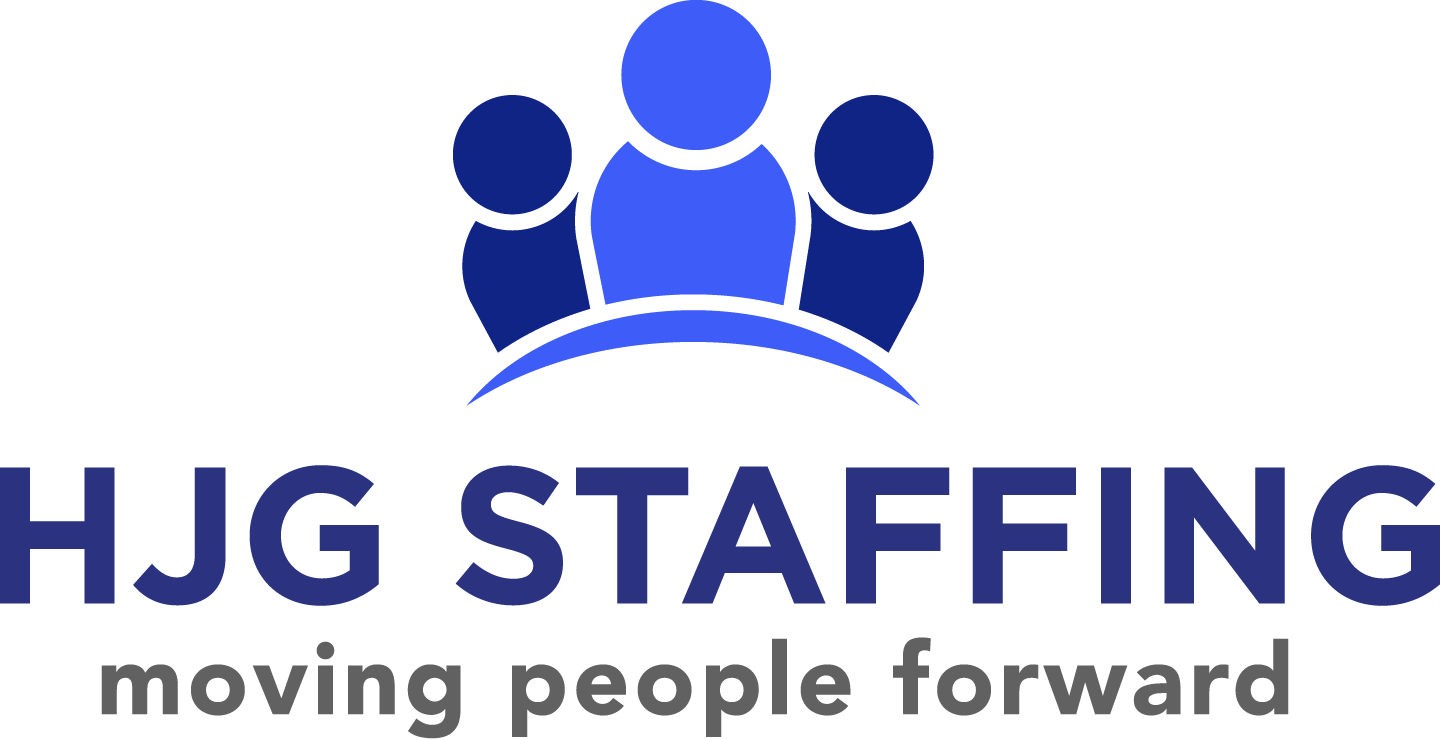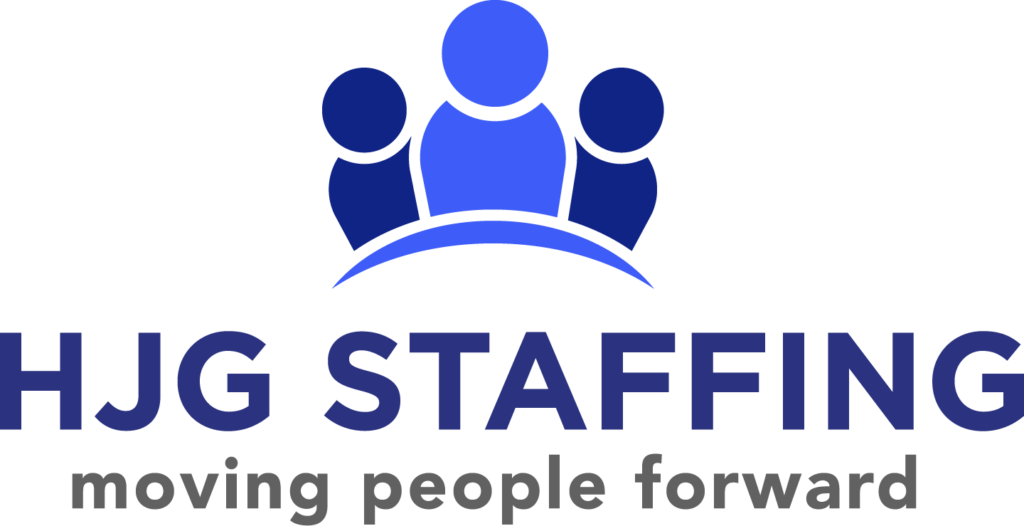When was the last time you paused your schedule to do absolutely nothing? And what does ‘doing nothing’ even mean?
The idea of allotting time for nothingness evokes different reactions. For some, it’s a welcome time to rest and recharge; for others, dedicating time for nothing feels uncomfortable and even jarring.
In a culture rooted in productivity, slowing down can be difficult. On top of this, making an effort to do less can end up feeling more stressful. Balancing work, family, leisure, friends and all other facets of life is challenging, and pressing pause may not seem like a viable or effective option. After all, how can everything be accomplished if we pause life?
However, designating time for nothing is more vital than ever. September is Suicide Prevention Month, and while modern amenities like the internet help spread awareness, the unfortunate reality is that these rates are on the rise. According to Chief Medical Officer Debra Houry, M.D., M.P.H., “The troubling increase in suicides requires immediate action across our society to address the staggering loss of life from tragedies that are preventable. Everyone can play a role in efforts to save lives and reverse the rise in suicide deaths.”

The increase in these numbers is devastating and alarming. Often, the signs of depression and mental illness are overlooked and even ignored. Additionally, depression is sneaky and can creep into our lives unexpectedly, seasonally or seemingly for no reason at all. Receiving professional help is crucial, but is not accessible for everyone.
Another sensation, languishing, has been on the rise since the onset of covid. This is an overall feeling of indifference: going through the motions of life for the sake of needing to do so. Healthline describes it as follows: “Languishing typically marks a decline in your mental health, though you can still function in your day-to-day life. Maybe you’re not going through a major mental health crisis or experiencing overwhelming distress, but your life may not involve much happiness or fulfillment either.
It’s clear that things need to change, and as counterproductive as it may seem, doing nothing is a good place to start.

This practice will look different for everyone, and the overall concept is to choose a set amount of time with no pressure to do anything at all. This could range from 5 minutes to an hour every day, week, or any time that fits your schedule. During this time, the push to do other, more ‘productive’ things might enter your mind. Adversely, this time might be met with welcome relief from your mind and body. Either way, when we put this into practice, we can offer our bodies and minds relief from the inevitable hustle and bustle of life.
More than anything, this is a mental practice, and doing nothing doesn’t have to mean sitting in silence for a prolonged period. The overarching goal is to create an atmosphere of true mental freedom from life’s obligations, even if momentarily.
“I noticed when I got home from work, I would rest on the couch, but the entire time I was scrolling my work emails, social media, making more to-do lists and then starting dinner for my family,” says James, an engineer. “Even though I was technically lounging, my mind was not resting from the chaos of life.”
Event though James appeared to be resting, his mind was consistently spinning. “Doing nothing for me means blocking off 30 minutes after work. I either walk at a nearby park or rest on the couch and do my best to monitor my thoughts. No phone or distractions.”
The focus isn’t so much what you’re doing or even how you’re doing it; more so, it’s about offering your entire being a break from everything. For instance, hobbies are typically a fun way to relax and enjoy life. They can even present the opportunity for flow state, which is an added bonus. Nonetheless, hobbies might require ample energy and focus from the mind and body.

“It took me a long time to truly grasp the concept of doing nothing, because there isn’t really a set definition,” says Martha, a therapist. “For me it looks different during different times in my life, but the overall goal is that when my to-do list pops into my mind, I remind myself that my ‘nothing time’ is designated for me to rest my mind. The tasks of life will still be there when I’m finished.”
Like many practices, embracing nothingness can take time to master. Depending on your personality, lifestyle and many other factors, winding down and shutting off the mind can feel next-to impossible. Starting small can help. If this means 3-5 minutes every day where you step outside, take snack break, or simply sit at your desk, the idea is to grant yourself full permission to be in that moment without any other distractions.
Taylor, a writer, likes to practice nothingness throughout the day. “Before, during and after work, I take a few moments to sit and breathe without any other tasks. I also do this before my evening swim.” As a person who has experienced anxiety for much of his life, Taylor finds these small, frequent moments help calm his nerves and center his mind.

The goal of nothingness isn’t to “fix” or accomplish anything. Its purpose is to help remind you that you have inherent worth for simply existing. When constant productivity is the norm, the act of doing nothing can feel uncomfortable or even wrong. When the acts of resting, slowing down or doing nothing become guilt-ridden activities, it is more important than ever to make time for the simple act of being. Finding peace of mind, free from the expectations and obligations of life helps us to slow down, breathe and connect to ourselves. When this happens, we are reminded that our existence alone is enough.




